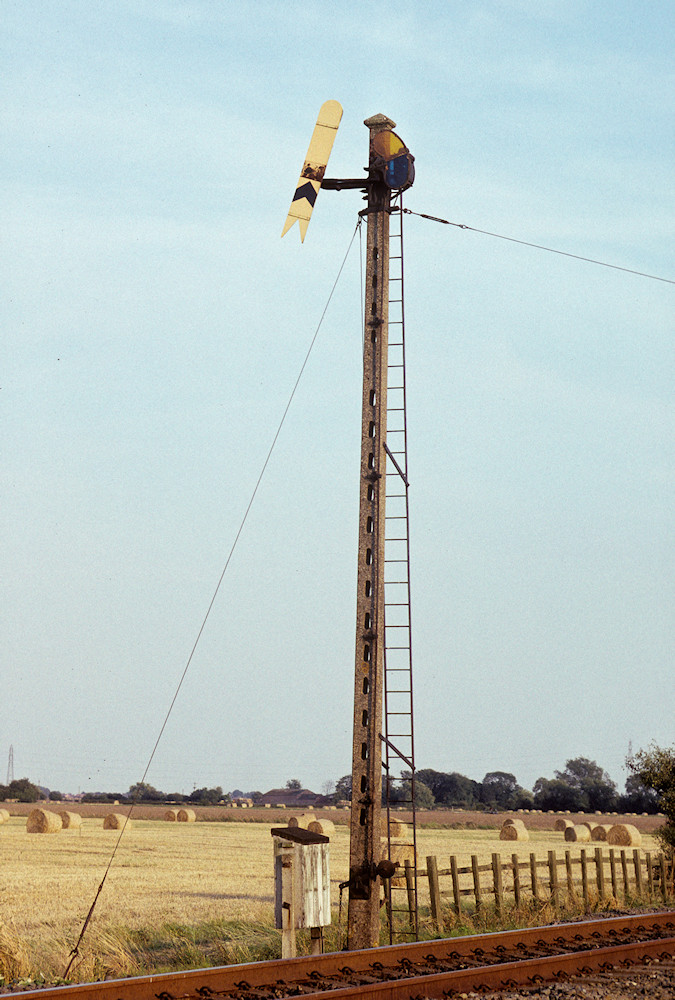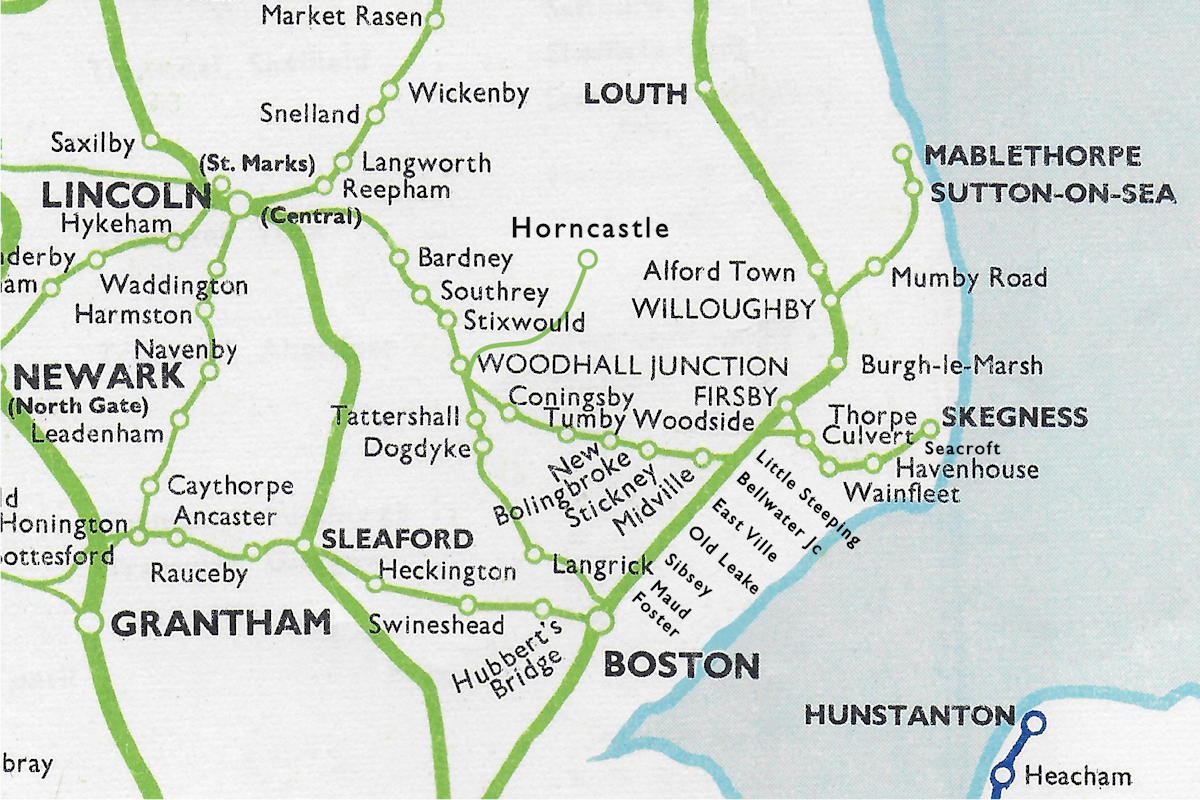East Lincolnshire
The Great Northern lines in East Lincolnshire had a wonderful character that set them apart from almost all other lines in the country. The combination of somersault signals, exquisite signal box architecture, the procession of long Summer Saturday holiday trains and the flat, agricultural landscape was unique and captivating.
The genesis of the lines was in the Great Northern Railway's Act of 1846 to build the London-York line and a loop line from Peterborough to Boston and Lincoln, originally planned to re-join the York line at Bawtry. In parallel, the East Lincolnshire Railway obtained authorisation at the same time to build the East Lincs Line from Boston to Grimsby. Both the Loop Line and the East Lincs Line opened in 1848. Further additions followed in later years, including the Spilsby Branch in 1868, the Skegness Branch in 1873, Louth to Mablethorpe in 1877, Mablethorpe to Willoughby in 1888 and the New Line from Bellwater Junction to Coningsby Junction in 1913.
Traffic on the East Lincs Line was healthy, including through express passenger trains from Cleethorpes and fish trains from Grimsby Docks to Kings Cross, iron ore trains from the Vale of Belvoir to Scunthorpe and the vast quantity of Summer holiday traffic to Skegness and Mablethorpe - not forgetting the Sunday anglers' special trains from Wadsley Bridge to Woodhall Junction! Local traffic, however, was never heavy in such an agricultural area and after World War 2 the first casualties appeared - the Spilsby Branch never regained its passenger service after World War 2, the Louth to Barney line lost its passenger service on November 5th 1951, the Horncastle Branch on 13th September 1954 and Woodhall Junction to Boston on 17th June 1963.
Services continued on the East Lincs Line and Skegness and Mablethorpe branches until Sunday 4th October 1970 when most of the remaining East Lincs network was closed, leaving only a remnant from Grantham to Boston and Skegness. Investment in this remnant was minimal which led in the 1980s to the line taking the appearance of a working museum of Great Northern signalling. Coupled with the use of Class 20s on holiday trains, the Skegness Line developed quite a following from enthusiasts. Hopefully something of this history is captured in the photographs linked from the map below!


